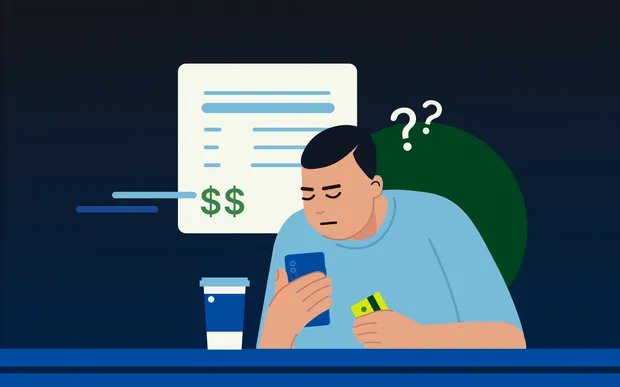The Apple payments decision: a turning point for mobile observability?
The recent court ruling against Apple that made the app store’s 27% commission on external payments illegal in the US has upended the mobile app industry. Nearly every application developer is moving as quickly as possible to implement external payment mechanisms within their app given the “easy” increased revenue that can be achieved by doing so. Further, industry watchers speculate that a similar decision will impact the Google Play store in due time, thus broadening the impact considerably. As with any rapid software change, especially one with such large business/revenue implications, the realities of migrating to new payment systems are easier said than done. How will app developers track payment flows and success rates without robust Real User Monitoring (RUM) and client-side observability? Is this decision and the subsequent engineering work the turning point that makes it clear that client-side and end-user observability is indeed the most critical observability for any organization?

- Client-side metrics will help provide summary observability of overall success rate, flow counts, error counts, and so on.
- User journey analysis will help analyze drop offs in the payment flow, making it substantially easier to understand where to focus further optimization efforts.
- Session replay and tracing will help with deep analysis of individual sessions that drop off the flow or experience errors, making it easy to dig in and fix bugs on the path to payment perfection.